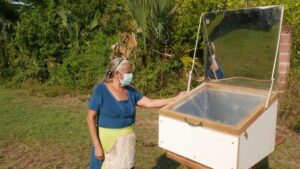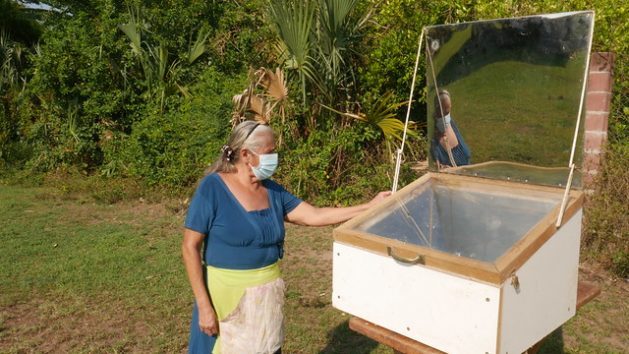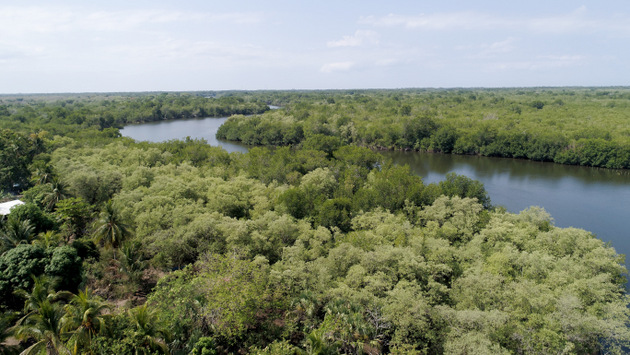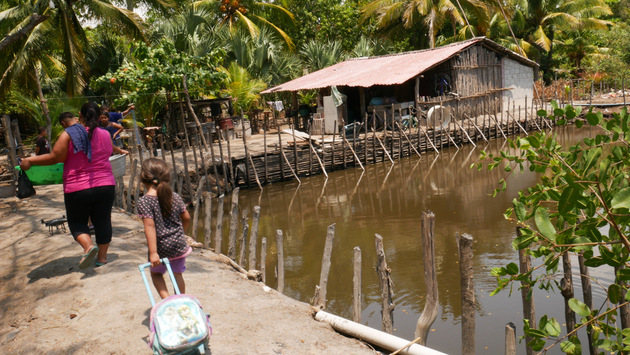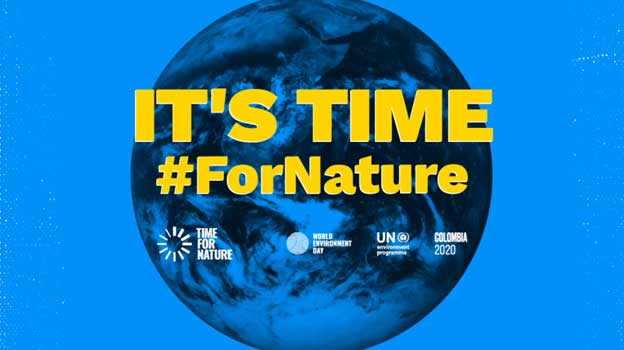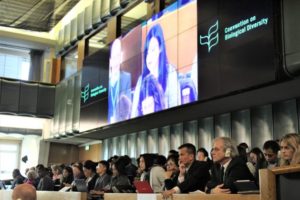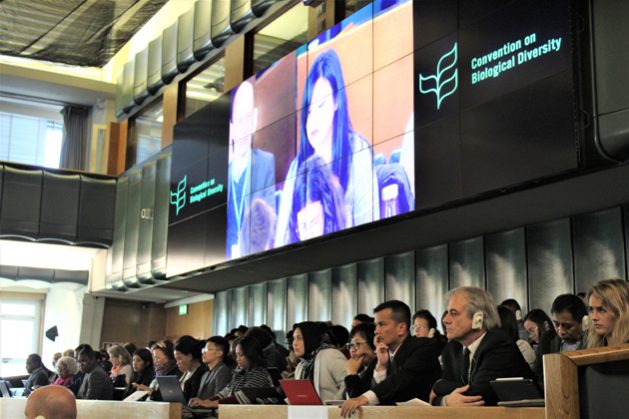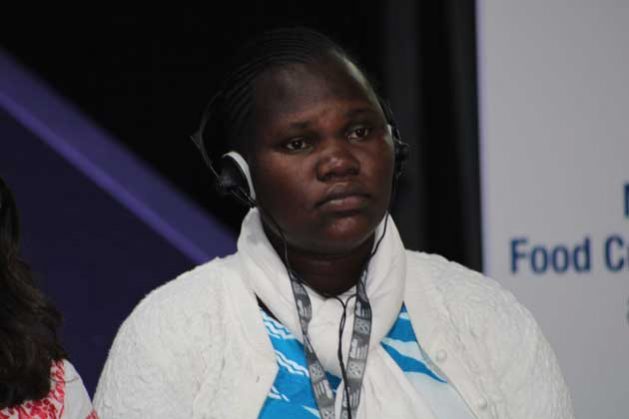
Biodiversity, Civil Society, Economy & Trade, Editors’ Choice, Environment, Featured, Global, Global Governance, Green Economy, Headlines, IPS UN: Inside the Glasshouse, TerraViva United Nations
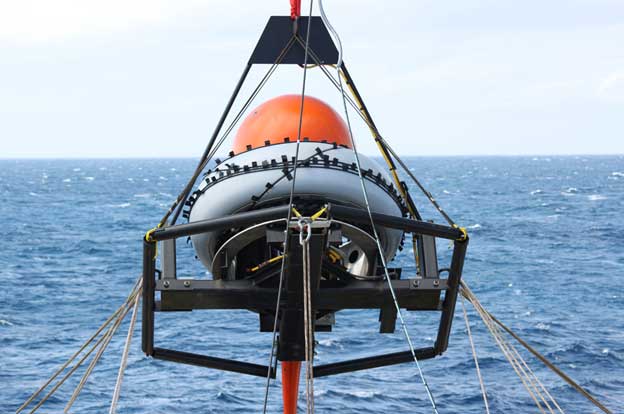
Hydrophone launch. Credit: The Comprehensive Nuclear-Test-Ban Treaty Organization (CTBTO)
– Travel and economic slowdowns due to the COVID-19 pandemic have combined to brake shipping, seafloor exploration, and many other human activities in the ocean, creating a unique moment to begin a time-series study of the impacts of sound on marine life.
Our community of scientists has identified more than 200 non-military ocean hydrophones worldwide and hopes to make the most of the unprecedented opportunity to pool their recorded data into the 2020 quiet ocean assessment and to help monitor the ocean soundscape long into the future.
Our aim is a network of 500 hydrophones capturing the signals of whales and other marine life while assessing the racket levels of human activity. Combined with other sea life monitoring methods such as animal tagging, the work will help reveal the extent to which noise in “the Anthropocene seas” impacts ocean species, which depend on sound and natural sonar to mate, navigate and feed across the ocean.
Sound travels far in the ocean and a hydrophone can pick up low frequency signals from hundreds, even thousands of kilometres away.
Assessing the risks of underwater sound for marine life requires understanding what sound levels cause harmful effects and where in the ocean vulnerable animals may be exposed to sound exceeding these levels.
In 2011, experts began developing the International Quiet Ocean Experiment (IQOE), launched in 2015 with the International Quiet Ocean Experiment Science Plan. Among our goals: to create a time series of measurements of ambient sound in many ocean locations to reveal variability and changes in intensity and other properties of sound at a range of frequencies.
The plan also included designating 2022 “the Year of the Quiet Ocean.” Due to COVID-19, however, the oceans are unlikely to be as quiet as they were in April, 2020 for many decades to come.
COVID-19 reduced sound levels more than we dreamed possible. IQOE, therefore, is focusing project resources to encourage study of changes in sound levels and effects on organisms that occurred in 2020, based on observations from hundreds of hydrophones worldwide in 2019-2021.
Of the 231 non-military hydrophones identified to February 2021, the highest concentrations are found along the North American coasts — Atlantic, Pacific and Arctic — Hawaii, Europe, and Antarctica, with some scattered through the Asia-Pacific region.
Several have agreed to their geographic coordinates and other metadata being shown on the IQOE website (https://www.iqoe.org/systems).
Sparse, sporadic deployment of hydrophones and obstacles to integrating measurements have narrowly limited what we confidently know.
We are therefore creating a global data repository with contributors using standardized methods, tools and depths to measure and document ocean soundscapes and effects on the distribution and behavior of vocalizing animals.
New software, MANTA (at https://bit.ly/3cVNUox), developed by researchers across the USA and led by the University of New Hampshire, will help standardize ocean sound recording data from collaborators, facilitating its comparability, pooling and visualization.
As well, an Open Portal to Underwater Sound (OPUS), is being tested at Alfred Wegener Institute in Bremerhaven, Germany to promote the use of acoustic data collected worldwide, providing easy access to MANTA-processed data. The aggregated data will permit soundscape maps of entire oceans.
Meanwhile, scientists over the past decade have developed powerful methods to estimate the distribution and abundance of vocalizing animals using passive acoustic monitoring.
The fledgling hydrophone network contributes to the Global Ocean Observing System (GOOS), a network of observing assets monitoring currents, temperature, sea level, chemical pollution, litter, and other concerns worldwide.
Precious chance
Seldom has there been such a chance to collect quiet ocean data in the Anthropocene Seas. COVID-19 drastically decreased shipping, tourism and recreation, fishing and aquaculture, naval and coast guard exercises, offshore construction, port and channel dredging, and energy exploration and extraction. The concurrent price war that caused oil prices to dive to zero further quieted maritime energy activities.
The last comparable opportunity followed the terrorist attacks on the United States in September 2001, which disrupted not just air travel; they also led to a shipping slowdown and ocean noise reduction, prompting biologists to study stress hormone levels in endangered North Atlantic right whales in the Bay of Fundy.
With their 2001 data, research revealed higher September stress hormone levels over the next four years as the whales prepared to migrate to warmer southern waters where they calve, suggesting that the industrialized ocean causes chronic stress of animals.
We are on the way to timely, reliable, easily understood maps of ocean soundscapes, including the exceptional period of April 2020 when the COVID virus gave marine animals a brief break from human clatter.
Let’s learn from the COVID pause to help achieve safer operations for shipping industries, offshore energy operators, navies, and other users of the ocean.
Additional information about MANTA is available at https://bitbucket.org/CLO-BRP/manta-wiki/wiki/Home, and about the IQOE at https://bit.ly/3sDTkd
We invite parties in a position to help to join us in this global effort to assess the variability and trends of ocean sound and the effects of sound on marine life.
*Jesse Ausubel is the IQOE project originator and Director of the Program for the Human Environment at The Rockefeller University, New York City; Edward R. Urban Jr of the Scientific Committee on Oceanic Research is the IQOE Project Manager

